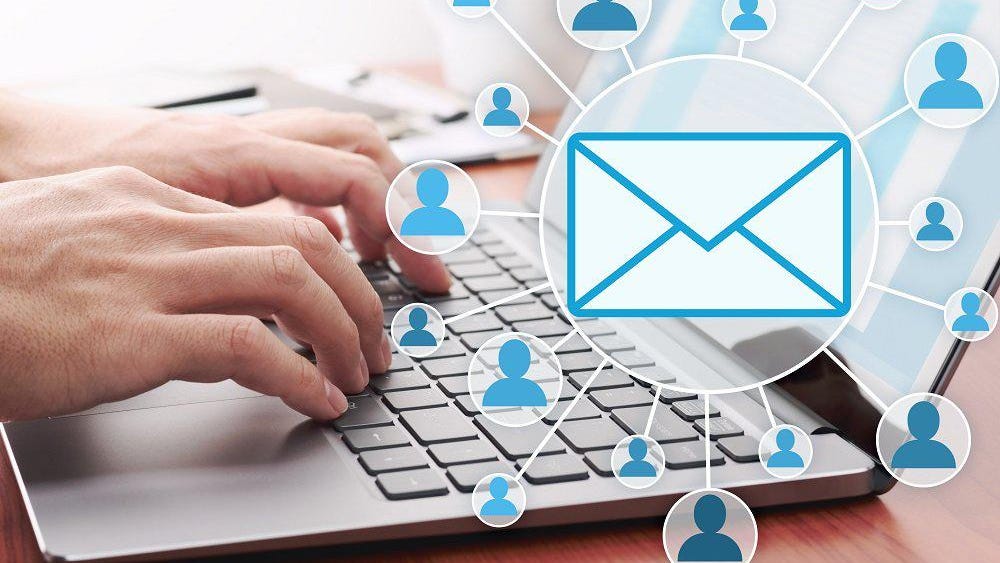E-mail marketing has been a staple of digital marketing for decades, but it’s still an incredibly effective way to fuel your overall inbound strategy. By creating targeted, personalized, and engaging email campaigns, you can build relationships with your audience, drive traffic to your website, and ultimately convert leads into customers. The importance of e-mail marketing cannot be overstated. It’s the most cost-effective way to reach your audience, and it allows you to personalize content and target specific segments with ease. With that in mind, here are some tips for getting the most out of your e-mail marketing efforts.
5 Ways How E-mail Marketing Can Fuel your Overall Inbound Strategy

1. It’s a Personalization Tool
Personalization is a great way to get more from your marketing. It’s a personalization tool that helps you reach people who are interested in what you have to offer. It can make them more likely to buy from you.
Personalizing the process of finding content on your website will help increase conversions by making it easier for visitors who aren’t ready yet to buy immediately, but who want some information first. By doing this, they’ll be more likely to convert later down the line when they’re ready (and hopefully ready because they liked looking at other products).
Personalizing emails also allows businesses like yours: If someone signs up for an account with us did so because she saw our email address listed somewhere else such as LinkedIn or Facebook? And then her friend forwarded us an email about how awesome we are? Then maybe she saw this review written by another customer saying “oh yeah! He was right!” That kind of word-of-mouth marketing works wonders when paired with targeted emails!
2. It’s a Gateway to Your Website
E-mail marketing is a great way to get customers to your website. It’s also a great way to get customers who are interested in what you offer over the phone or in person, but haven’t yet tried it out for themselves. It’s also an effective way of getting feedback from existing customers so that you can improve on their experience—and keep them as loyal clients for years down the road!
When it comes time for prospects or leads who’ve already been referred by someone else (like friends or family), e-mail is still typically the most effective medium because of its short shelf life: people tend not spend much time on social media before moving onto something else like reading news articles online or watching videos on YouTube (which usually have limited length).
3. You Can Segment Your Mailings
You can segment your mailings by demographics, geography and interests. If you want to reach a particular customer base with a service that is relevant to them, it may be necessary to send an email campaign at specific times of day or on certain days of the week. This strategy will allow you to target specific groups of customers within your organization or industry who are most likely going through their inboxes at that time. You may also consider sending different types of messages based on the product categories that interest your prospect—for example: if there’s an upcoming event happening in town where people will likely see all kinds of promotional materials (like flyers), then perhaps those flyers should go out before everyone else’s newsletter subscriptions arrive in their inboxes sometime later during the week!
4. There’s Less Cost for Each Customer
Email marketing is a low-cost, high-return way to market.
When you send emails out to your customers and prospective customers, you don’t have to pay for each one individually. Instead, you’re paying for the entire list of recipients at once. This is called an “email blast”. Because of this cost savings, it’s possible for e-mail marketing campaigns to be more effective than other forms of advertising like display ads or banner ads because they have fewer expenses associated with them.
5. It Gives You Better Stats on Open Rates and Click-Through Rates
You can use e-mail marketing to get a better understanding of how your customers are engaging with content. By tracking open rates and click-through rates, you’ll be able to see if there’s something that needs improvement in your email marketing strategy.
For example, if someone opens an email but doesn’t click any links or download the file (which is common), then this could mean they don’t care enough about what you’re offering to make it worth their while. If they do click through one of these links but then don’t take action on any pages within the site—or even worse yet, leave through another page entirely—then again, this means that perhaps something else needs attention before moving forward with further content creation efforts for this person/company/brand etcetera.
In conclusion, these are a few ways how e-mail marketing can fuel your inbound strategy. Email marketing is a cost effective way to reach your audience. It’s also a personalization tool, and it offers you the opportunity to get more relevant and targeted content in front of your audience. By leveraging the power of email to engage and nurture your audience, you can drive traffic to your website, generate leads, and ultimately convert those leads into loyal customers. To get the most out of your email campaigns, it’s essential to craft targeted and personalized messages that resonate with your audience. By following best practices and experimenting with different tactics, you can build a successful email marketing strategy that supports your broader inbound marketing efforts and drives long-term growth for your business.





